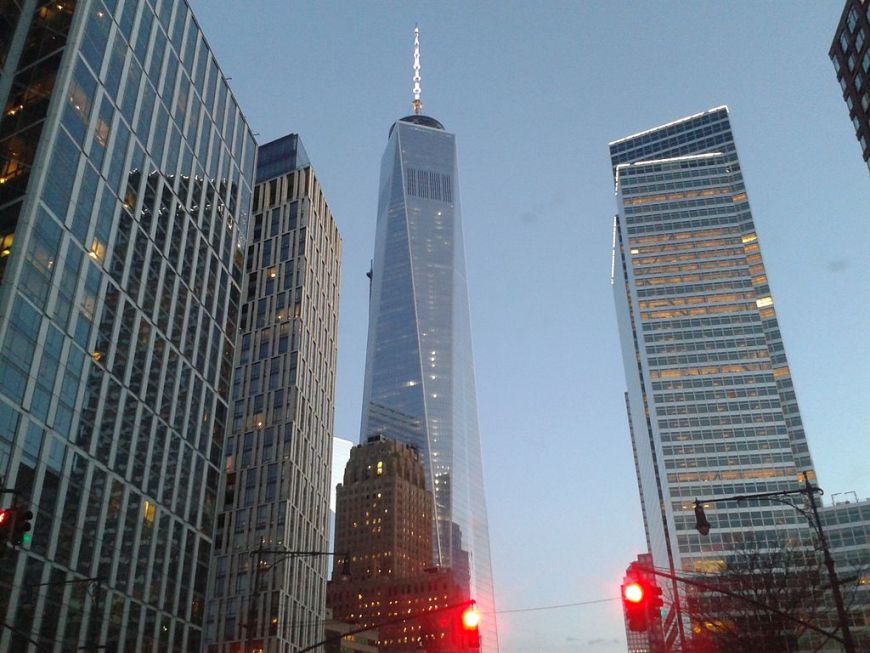A characteristic American religiosity tended to enter even in the field of the high-rise and the structurally gigantic. John Roebling, the German-trained immigrant who designed the Brooklyn Bridge (it was completed by his son Washington in 1883), then the longest suspension bridge in the world, said it was 'proof positive that our mind is one with the Great Universal Mind.'
New York, though less innovative than Chicago, it was richer in the sense that it was the source of the capital for Chicago as well as itself, and most major firms with immortal longings, who wish to commemorate themselves which the tallest, largest, most expensive skyscraper, had their headquarters in New York. So ultimately New York skyscrapers were not only taller but more decorative. New York soon surpassed Chicago in height, with ten stories or more added every decade, and it indulged in fantastic and often beautiful accretions of domes, columns, and spires. Most New York skyscrapers were permanent advertisements for their companies. New York's vast insurance industry dictated the construction, regardless of cost, of headquarters buildings which vaunted strength, size, and durability (rather like banks). In the first decade of the twenty century, the Metropolitan Life had insurance in force totaling over $2.2 billion, so it built and occupied, 1909-10, an immense temple in the sky which was 700 feet high, the world's tallest for a time. Another example was the spectacular Woolworth Building of 1911, which for long represented the skyscraper. Frank Winfield Woolworth, who established his first five-and-tent-cent store in 1879 and by 1911 had over 1,000 worldwide, told the contractor who put up his building that though it could never make a proper return on capital it had an enormous hidden profit as a gigantic signboard.
The outbreak of savage state pogroms in Russia from 1881 had dramatic consequences for New York. In the following ten years Jews were arriving in the city at the rate of 9,000 a year. In the 1890s it jumped to an average of 37,000 a year and in the twelve years 1903-14 it averaged 76,000 a year.
In 1886 the French people commemorated the centenary of American Independence by having their sculptor Frederic Auguste Bartholdi fashion a gigantic copper statue of Liberty, which was placed on a 154-foot pedestal on Bedloe's Island in New York Harbor, the whole rising to 305 feet, making it the highest statue in the world. A local Jewish relief worker, Emma Lazarus, grasped, better than anyone else in America at that time, the true significance of the open-door policy to the persecuted poor of Europe. So she wrote a noble sonnet, 'The New Colossus,' celebrating the erection of the statue, in which the Goddess of Liberty herself speaks to the Old World:
Give me your tired, your poor,
Your huddled masses yearning to breathe free,
The wretched refuse of your teaming shore.
Send these, the homeless, the tempest-toss'd to me.
I lift my lamp beside the golden door.

